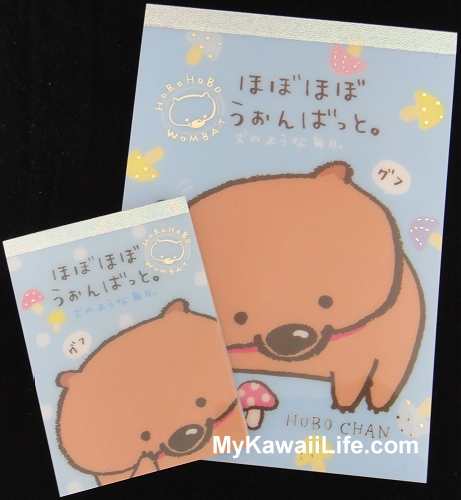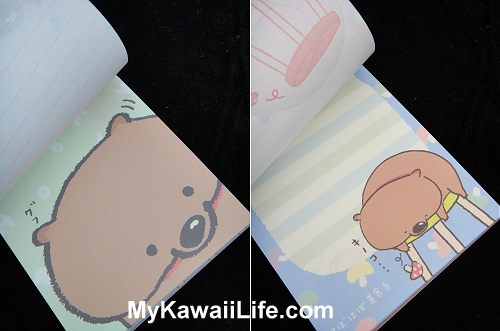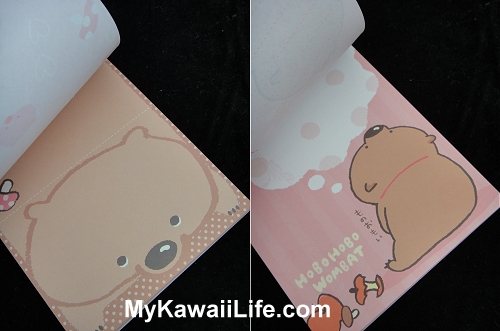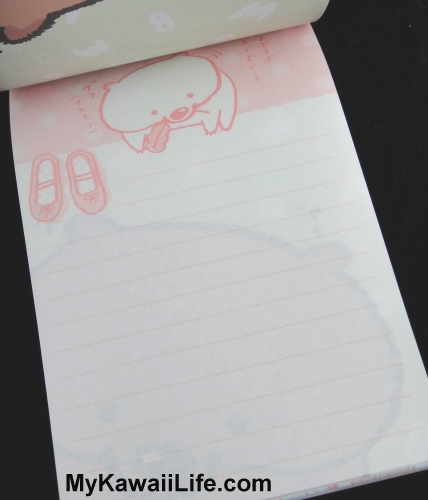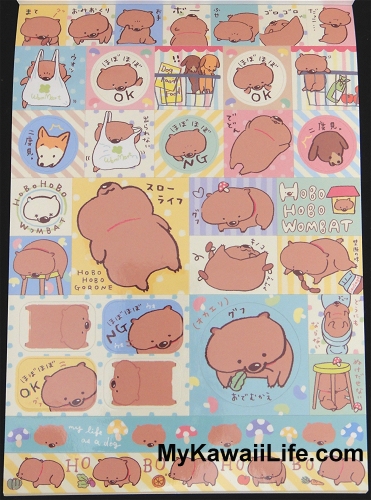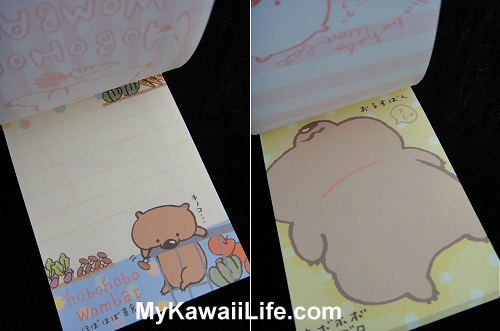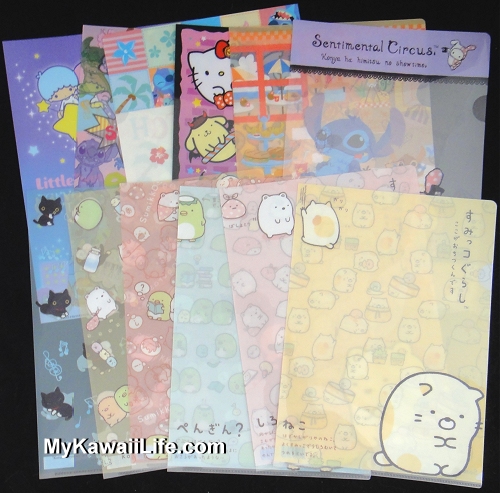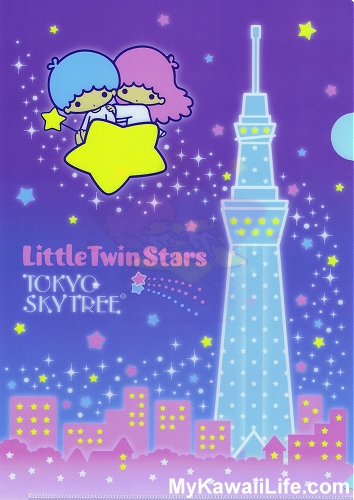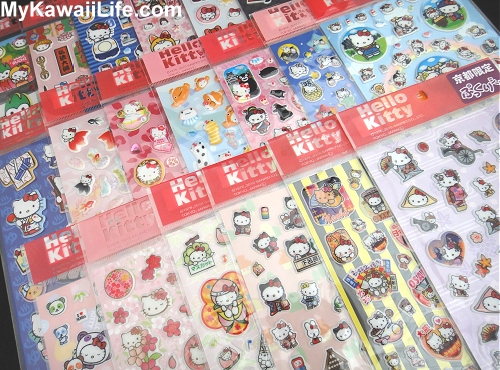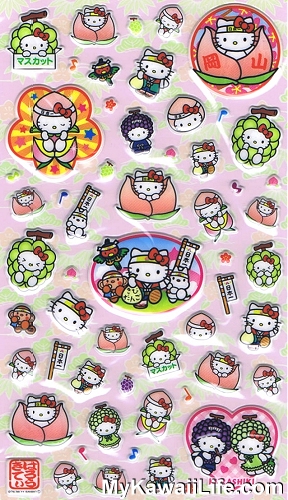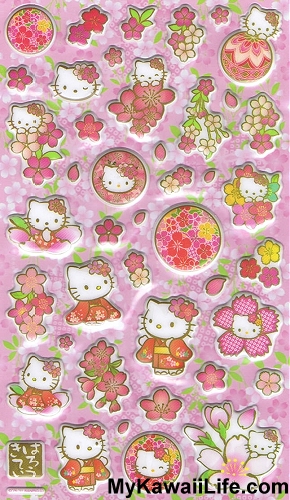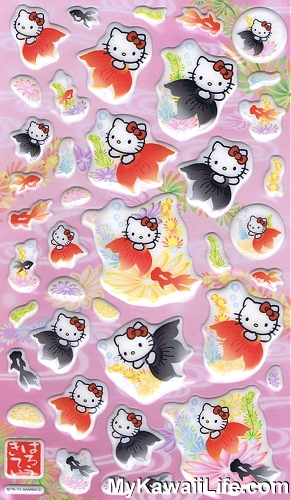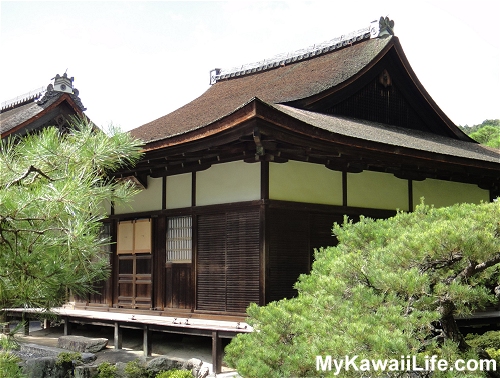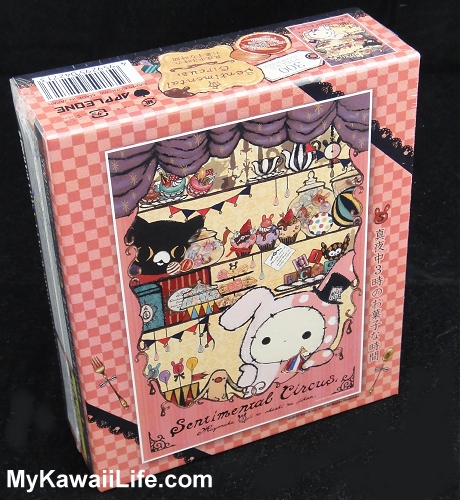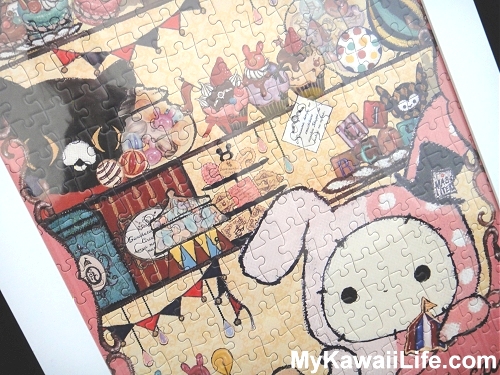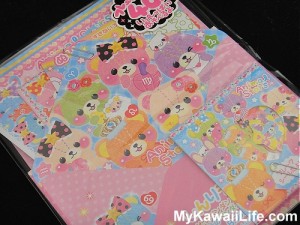The other day I was helping a friend understand the rail system in Japan, especially the trains in Tokyo. I thought perhaps others might like to know what I shared with her, so that’s what today’s blog post is about. The trains in Japan can be very confusing if you haven’t been to Japan before but, once you wrap your head around it, it’s not that difficult.
There are three main types of railways in Japan. The first, and the one you are most likely to use first, is JR (Japan Rail). Japan Rail operates most of the long distance trains as well as the Narita Express and many of the local trains within Tokyo (and other cities). If you have a JR Rail Pass, you will probably want to stick to JR trains as much as possible to avoid any extra costs.
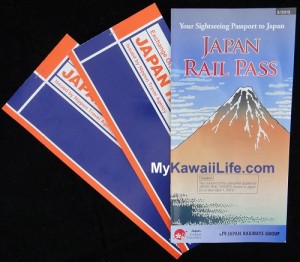
On our first trip to Tokyo, we managed to navigate our way around Tokyo using only JR train lines. The main line that you will probably use in Tokyo is the JR Yamanote Line. It does a loop of the city and connects places like Tokyo Station, Shinjuku and Shibuya. Of course, you can’t get everywhere on this line, but you can certainly get to a lot of the main tourist areas.
The second type of trains in Japan are subways. These are train lines owned by another company so they are not part of the JR network. In Tokyo, many of their stations are close to JR stations so it is easy to change from one line to another. If you are planning to visit Asakusa while in Tokyo, you will probably find yourself using a subway train.
The third type of trains are privately owned lines. There aren’t nearly as many of these, but you will occasionally use them (for example, if you visit Odaiba in Tokyo).
Suica Cards
If you are travelling to Tokyo, you may like to consider purchasing a Suica card. A Suica card is like a prepaid card. You put money on it and then you use the card to pay for train trips. You can use it for all of the JR trains and subways around Tokyo. You are still paying for each individual train trip, but you don’t have to worry about having to buy a train ticket every single time. You simply swipe your card at the station. And when you run out of credit, you can use a machine to add some more.
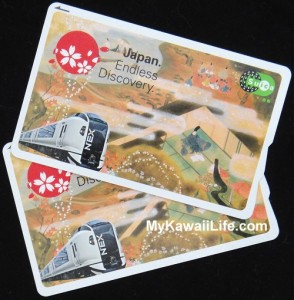
A Suica card can also be used in other areas of Japan, but not everywhere. It used to be primarily for use in Tokyo, but they are gradually adding more services. For example, in Kyoto, you can use it for the subways but not the buses (yet!).
If you are interested in getting a Suica card, you can purchase a Narita Express / Suica card deal at Narita Airport. It includes your Narita Express ticket as well as a Suica card with 1500Y preloaded onto it. It’s a great deal if you are planning on taking the Narita Express train and don’t have a JR Rail Pass.
I hope this has been of help to you with planning your trip to Japan. If you have any questions, please feel free to leave a comment below and I will do my best to help.
